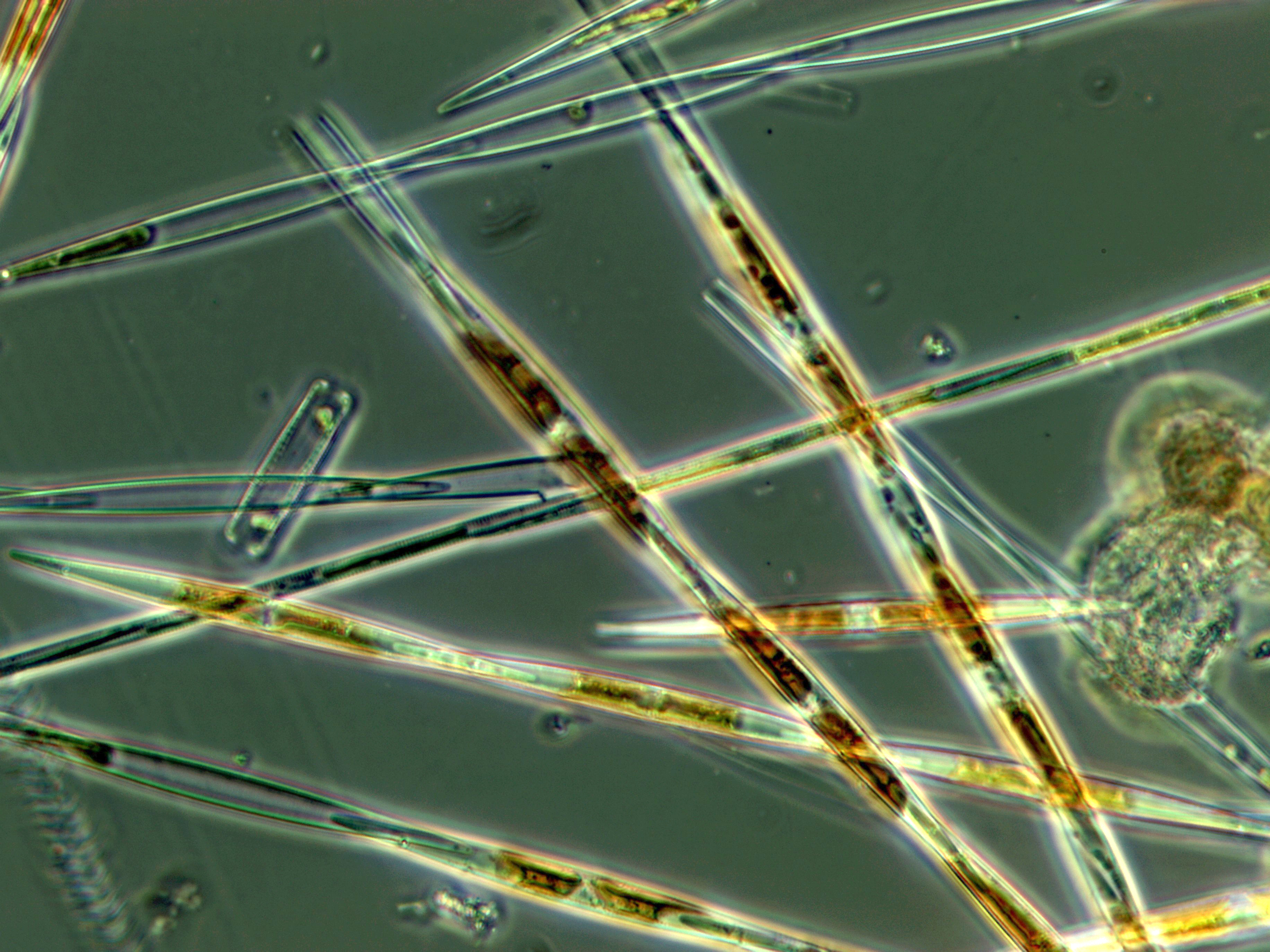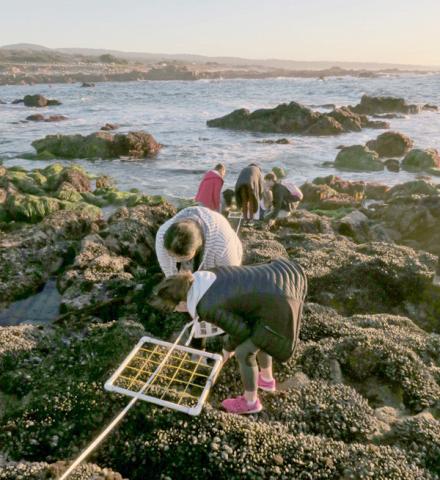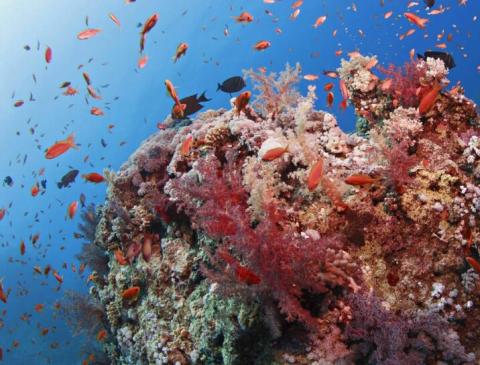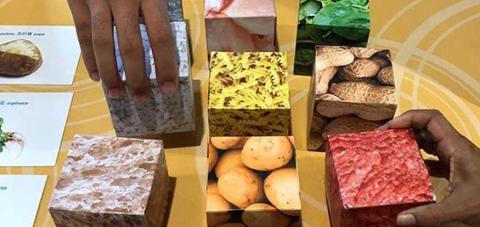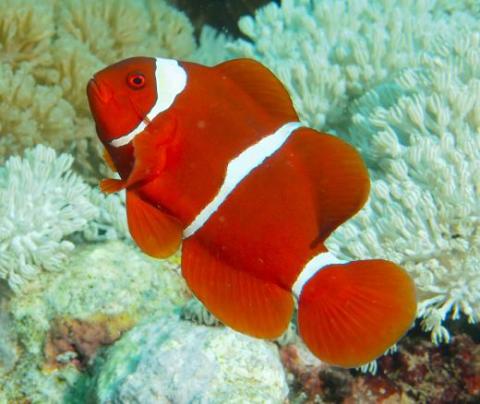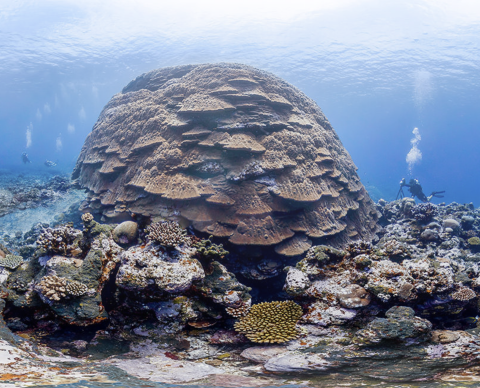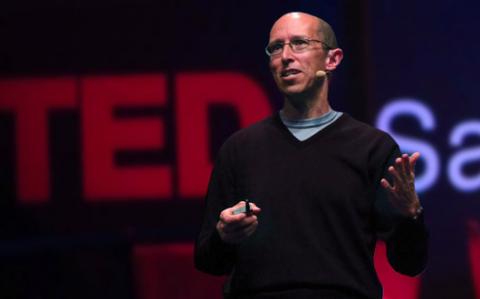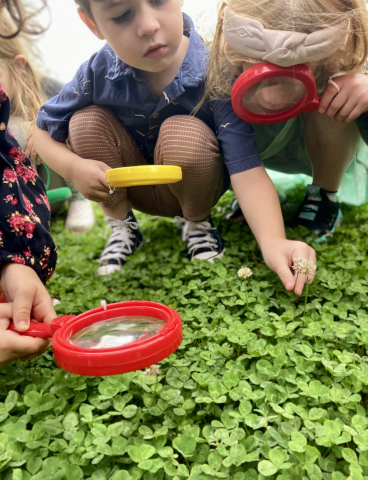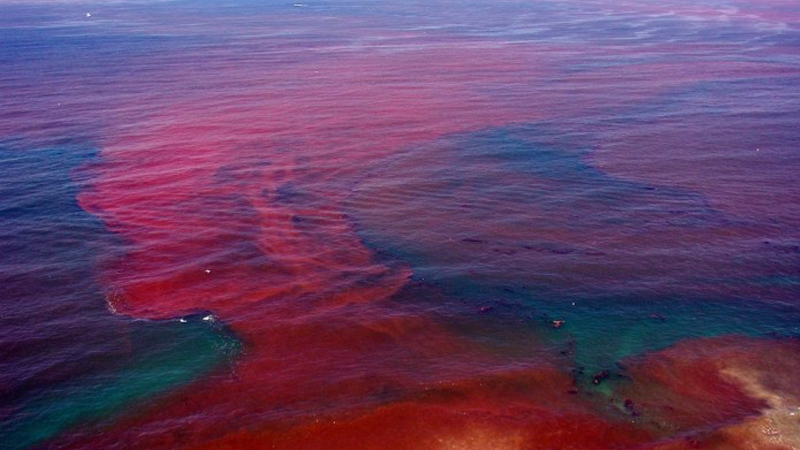
Scientists have shown that rising ocean temperatures caused by human-induced climate change have already driven an intensification of harmful algal blooms (HABs). Harmful algal blooms naturally occur when single-celled algae grow out of control. The blooms can produce toxins that when large enough can kill marine life from tiny to very big. A bloom can be so dense that when the algae decay, they use up all the oxygen in the water, killing other marine life. Sometimes when a bloom gets washed ashore, it creates huge decaying piles on otherwise clean beaches. Harmful algal blooms are a threat to human health, local economies, and coastal ecosystems.
HABs are most often the result of run-off from fertilizer applied to farmlands, or livestock or human wastewater runoff. But now with climate change, they are also a result of a warming ocean. The IPCC 2019 Report (click on this link and it will take you to Box 5.4) on the ocean concluded that since the 1980s the occurrence of HABs has increased in response to warming and a decrease in oxygen in coastal waters. This increase in HABs impacts poor coastal communities where monitoring is less, or non-existent.
Some harmful algal species, like toxin-producing cyanobacteria, prefer warmer water, so with a warmer ocean there will be more outbreaks. In addition, a warmer ocean increases stratification because it prevents cooler, denser water from mixing with the warmer surface water. Increased stratification favors harmful algal blooms that stay in the warmer surface waters.
It's not just warming temperatures from climate change that can cause HABs, but a suite of changes including: increased rainfall , sea level rise and higher levels of carbon dioxide, which stimulate growth in the algae.
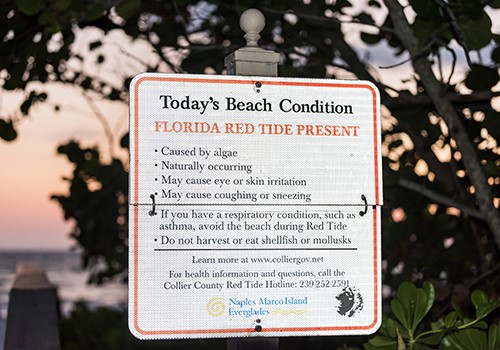
In the fall of 2018, a red tide of a toxic algal bloom covered a hundred miles of the west coast of Florida. The algae (Karenia brevis) produce a neurotoxin known to kill fish and other animals. Florida resource managers estimate that about 267 tons of fish, manatees, over 300 turtles, whale sharks, and dolphins were killed by this bloom., Such intense blooms can cause problems for human health and tourism as well.
The diatom Pseudo-nitzchia can produce the potent neurotoxin domoic acid, which accumulates in the food chain killing marine mammals and making shellfish poisonous to humans. In coastal areas around the globe, paralytic shellfish poisoning from domoic acid can be very dangerous and often closes an entire shellfish industry. The increased concentration of carbon dioxide in ocean water caused by climate change may stimulate more blooms of this phytoplankton.
Dungeness crab fishermen frequently suffer economic losses because toxic algae blooms producing domoic acid make the crabs unsafe for human consumption. The crab fishermen blame a warming ocean caused by climate change for the algae bloom and the closure of the fishery. In 2018 things got so bad that they sued fossil fuel companies for damages on behalf of crab fishers, their businesses and families, and local communities in California and Oregon.
